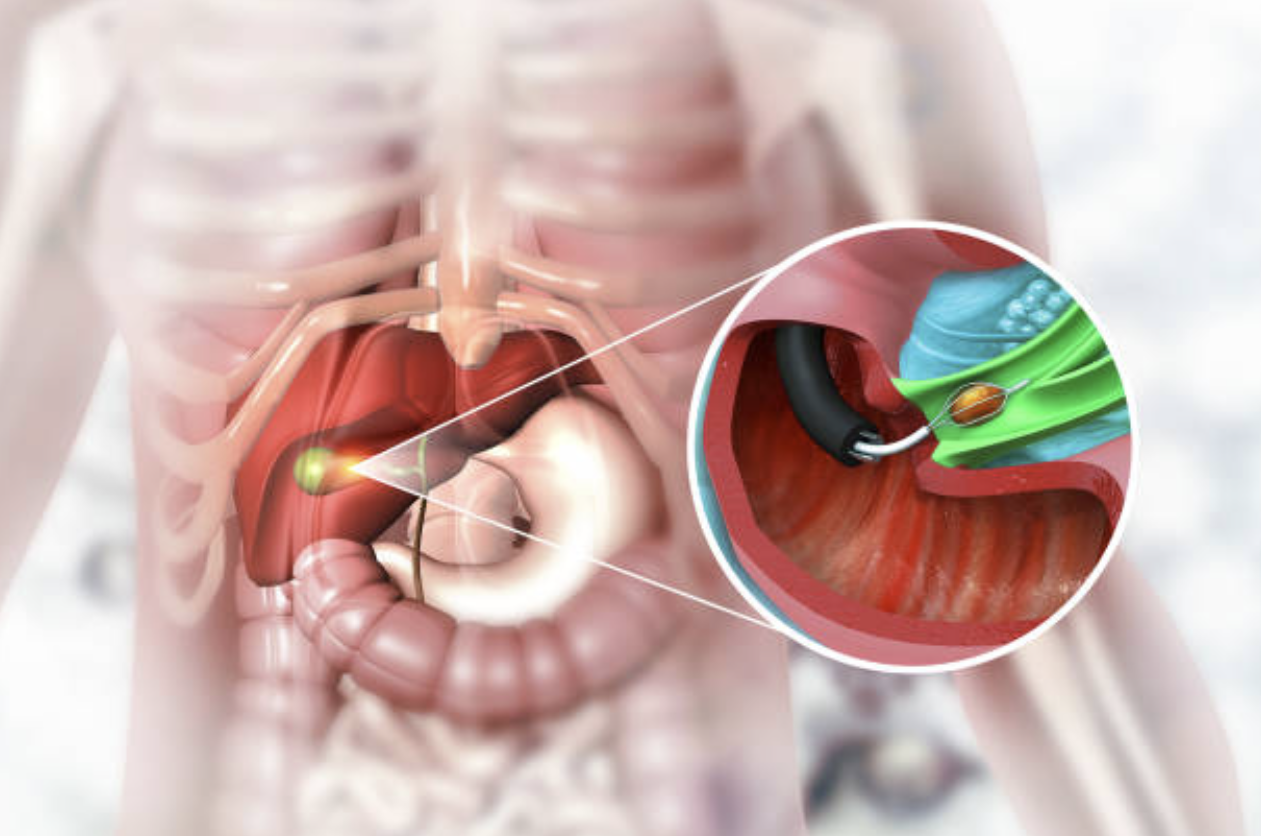
Uncovering the Causes and Risk Factors of Gallbladder Disease: Protecting Your Patients from Symptoms and Complications
One of the most overlooked areas of digestive health is gallbladder disease. Given its nature as a silent illness, many healthcare providers leave gallbladder disease largely untreated – but the consequences can be serious if it’s not addressed in time. As medical professionals, it’s essential that we remain educated and up to date on identifying and diagnosing potential risk factors associated with this often insidious condition. Through this blog post, we’ll discuss common causes and risk factors related to gallbladder disease so we can stay well-versed in prevention strategies for our patients facing symptoms ranging from mild discomfort to severe pain.
Gallbladder disease can be a silent killer if left untreated.
Gallbladder disease is a serious problem that can lead to death if left untreated. The gallbladder is a small organ located under the liver that stores and concentrates bile, which helps to digest fats. Gallbladder disease can be caused by a variety of things, including infection, inflammation, or obstruction. The most common symptom of gallbladder disease is a pain in the right upper quadrant of the abdomen, but other symptoms may include nausea, vomiting, and jaundice. If left untreated, gallbladder disease can lead to sepsis, liver failure, and even death. Treatment for gallbladder disease depends on the cause of the problem and may include antibiotics, surgery, or lifestyle changes. It is important to seek medical help if you are experiencing any symptoms of gallbladder disease.
Common causes of gallbladder disease include obesity, high cholesterol, and diabetes.
Gallbladder disease is a condition that can cause a lot of pain and discomfort. There are a few common causes of gallbladder disease, including obesity, high cholesterol, and diabetes. If you are experiencing any of the symptoms of gallbladder disease, it is important to see a doctor right away. Some of the most common symptoms of gallbladder disease include pain in the upper right side of the abdomen, nausea, vomiting, and diarrhea.
There are a few different treatments for gallbladder disease, depending on the cause. If you are overweight or obese, you may need to lose weight in order to reduce the strain on your gallbladder. If you have high cholesterol, you may need to take medication to lower your cholesterol levels. If you have diabetes, you will need to work closely with your doctor to manage your blood sugar levels.
If you are experiencing any of the symptoms of gallbladder disease, it is important to seek medical help. Ignoring the symptoms can lead to more serious problems down the road. The sooner you get treatment for gallbladder disease, the sooner you can start feeling better.
Risk factors for gallbladder disease include age, gender, and ethnicity.
Gallbladder disease is a common ailment that can affect people of any age, gender, or ethnicity. However, there are certain risk factors that may make someone more likely to develop the condition. Some of these risk factors include age, gender, and ethnicity.
Age is a major risk factor for gallbladder disease. The older you get, the more likely you are to develop the condition. This may be due to changes in the body that occur with aging, such as a decline in the function of the liver and gallbladder.
Gender is also a risk factor for gallbladder disease. Women are more likely to develop the condition than men. This may be due to differences in hormone levels and other biological factors.
Ethnicity can also play a role in developing gallbladder disease. Certain ethnic groups, such as Native Americans and Hispanics, are more likely to develop the condition than others. This may be due to genetic factors or differences in lifestyle and diet.
Symptoms of gallbladder disease can range from mild discomfort to severe pain.
Gallbladder disease can cause a wide range of symptoms, from mild discomfort to severe pain. The most common symptoms are a pain in the upper right abdomen and nausea. The pain may be constant, or it may come and go. It may be worse after eating or when lying down. Other symptoms include fever, chills, and jaundice. If you have any of these symptoms, see your doctor right away.
If you are experiencing any of the symptoms associated with gallbladder disease, it is important to see a healthcare provider right away for diagnosis and treatment.
Gallbladder disease is a condition that affects the gallbladder, a small organ located near the liver. The gallbladder stores bile, a substance that helps the body digest food. Gallbladder disease can cause pain in the upper right side of the abdomen, nausea, vomiting, and jaundice (yellowing of the skin and whites of the eyes).
There are several types of gallbladder disease, including cholecystitis (inflammation of the gallbladder), choledocholithiasis (stones in the common bile duct), and pancreatitis (inflammation of the pancreas). Cholecystitis is the most common type of gallbladder disease.
Gallbladder disease can be caused by a variety of factors, including infection, obstruction, or inflammation. It can also be caused by genetic factors or by certain medications.
The symptoms of gallbladder disease can vary depending on the type and severity of the condition. If you are experiencing any of the symptoms associated with gallbladder disease, it is important to see a healthcare provider right away for diagnosis and treatment.
Gallbladder disease is a serious condition that can be life-threatening if left untreated. If you think you may be at risk for gallbladder disease or are experiencing any of the associated symptoms, please see a healthcare provider right away. For more information on Gallbladder Disease, its causes, risk factors, and treatment options read our other articles here.
